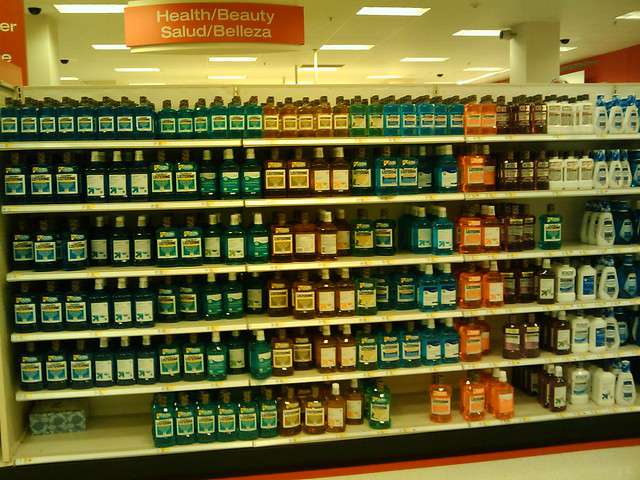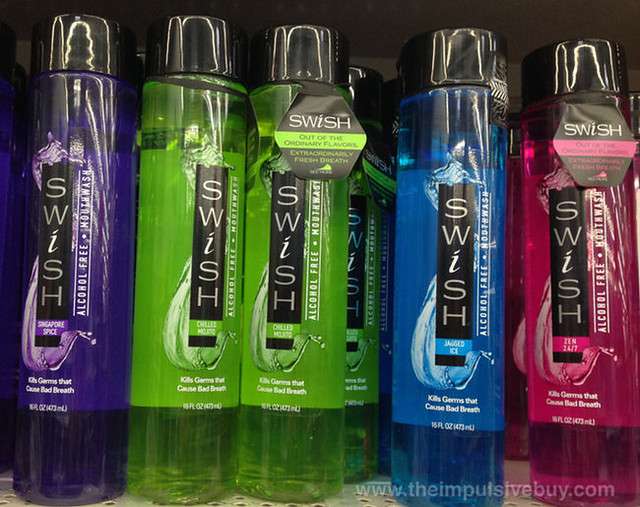Color consistency is important when producing large volumes of mouthwash. Image Credit: Flickr User Jae-sun Gim (CC BY 2.0)
Transmission Spectrophotometers Offer Reliable, Objective Color Analysis
As a result, manufacturers have turned to spectrophotometers, objective color analysis instruments, to measure their mouthwash. These instruments report color results numerically, and their results are precise. This prevents any inconsistently colored batches from leaving the vat. Not every spectrophotometer measures color in the same way, which is why you should use a transmission spectrophotometer to accurately measures transparent liquids like mouthwash.
With over six decades of experience developing spectrophotometers for transparent liquids, HunterLab has engineered a series of solutions ideal for the mouthwash industry. For companies that only manufacture transparent liquids, like mouthwash, and wish to save space in their laboratory the Vista color and haze transmission spectrophotometer is a sound color measurement solution. Much smaller than earlier spectrophotometers, and more affordable, Vista is a top-of-the-line solution for transmission color analysis. For companies testing the color of mouthwash and other opaque liquids or solids, the UltraScan series of spectrophotometers is capable of reflectance and transmittance measurement. While larger than Vista, UltraScan spectrophotometers eliminate the need for a separate instrument to test the color quality of the company’s opaque products. To learn more about which instrument would be ideal for your production process, contact our friendly, professional sales force today.





